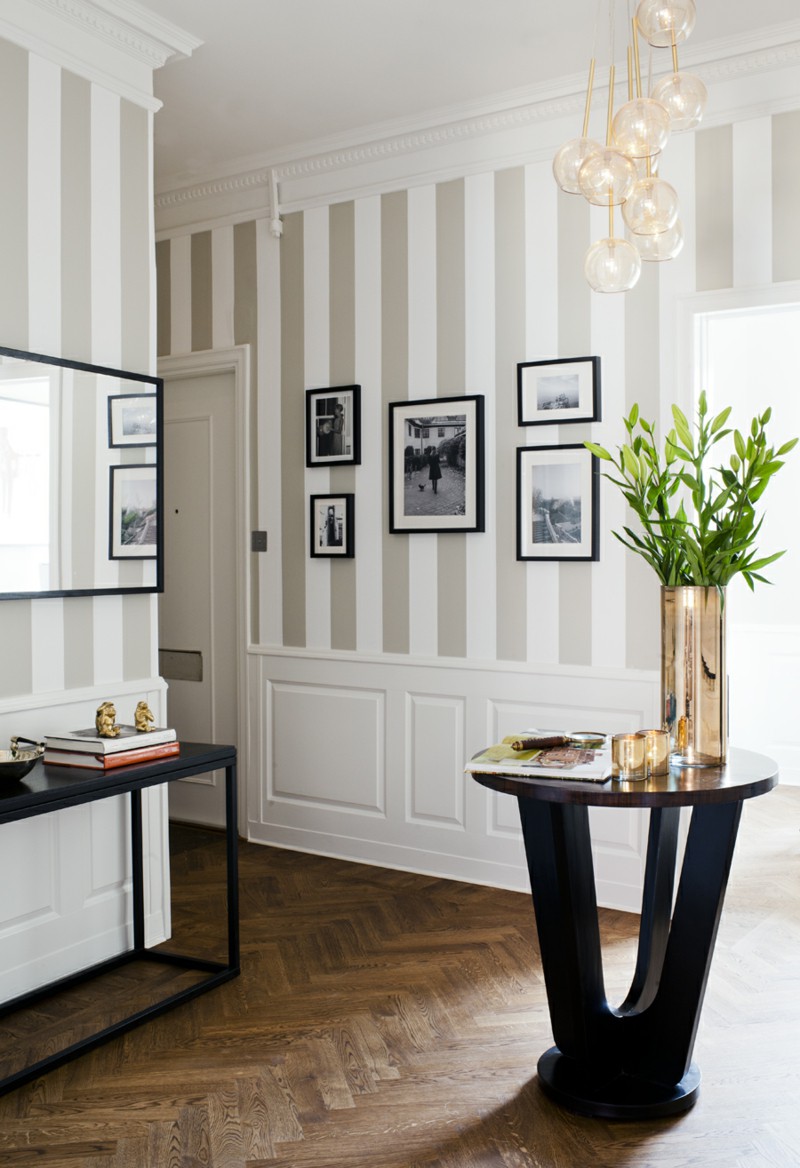
- #Make kaleidoscope image reflect on wall movie
- #Make kaleidoscope image reflect on wall series
- #Make kaleidoscope image reflect on wall windows
In 1927 Adam Gimbel, newly appointed president of Sak’s Fifth Avenue store, commissioned Deskey to design his Park Avenue apartment.

The kaleidoscope effect was further increased with other reflective surfaces of furniture, furnishings and artificial lighting.Īmerican interior and industrial designer Donald Deskey (1894-1989) created many lavish Art Deco apartment interiors for prominent New York City clients, such as Abby Aldrich Rockefeller in 1929 and Helena Rubinstein in 1930. The effect gave the rooms ambiguous spatial quality, but one with an undeniable grandeur and richness. In the late 1920s Coco Chanel renovated her Paris apartment in the Hotel Pillet-Will by covering the wooden wall paneling, which she disliked, with mirrors. Mirrors were the most economical form of decoration, Pittsburgh reasoned, because at night lighting added brilliancy to the scene, and the mirrors were a permanent surface and easy to clean.
#Make kaleidoscope image reflect on wall series
A feeling of discomfort is common to most human beings when they sit thus turned away from companionship.” Pittsburgh characterized an unbroken series of mirrors for the walls as expedient and desirable, because no matter where a guest sat, other people were visible.

The Pittsburgh Plate Glass Company, in 1923, extolled the virtues of mirror walls in shops, hotels and particularly restaurants where “very few people are willing to sit facing blank walls.
#Make kaleidoscope image reflect on wall movie
New materials, such as aluminum, stainless steel and Lucite, as well as glass, copper and gold leaf added to a lavish interior aesthetic adopted by hotels, office towers and movie theaters, such as the Chrysler Building in New York City. In 1925 the Exposition Internationale des Arts Decoratifs in Paris influenced a new decorative arts movement known as Art Deco that remained popular until about 1939. Photographs of high-style or ordinary houses alike indicate the occasional use of framed mirrors in parlors and living rooms, but the mirrors are not large. The Arts and Crafts movement in 19th century England and the United States valued natural, matte materials and deemphasized bright and shiny surfaces for domestic and office interiors. The integration of outside and inside achieved with mirror reflections sometimes provides panoramic views which help to determine furniture arrangement. In 1786 Paris, the bed, which stood opposite the windows, was surrounded with panels of mirror-glass in such a way as to reflect exterior views and to simulate an occupant’s feeling of lying in the open air. These panels formed a background for a display of art objects, each arranged on a separate bracket to form exciting visual patterns in reflection. In Paris between 16 decorative art (vases, tables, candle-stands, door-furniture, silver ware, arabesque wall-decoration) were placed in front of mirror-glass and the chimney-breast. In the 18th century architects set small panels of mirror-glass into the chimney-breast above a fireplace opening and below an inset painting or some other form of ornament. Throughout the 17th century glass and mirror makers continued to increase the size of individual plates. By 1700 the princess of Germany also had a glazed bedchamber, as well. In 1678 NicodemusTessin (1654-1728), a Swedish architect, installed a mirror ceiling in the closet of the Princess of Orange at the little Dutch pleasure-palace at Honeselersdijk. Lighted its entire length (75-meters), the gallery’s surfaces reflect an opulent décor of glistening marble, shiny gilt bronze ornaments, glass chandeliers, and a painted ceiling.
#Make kaleidoscope image reflect on wall windows
The gallery is comprised of seventeen mirror-clad arches that reflect seventeen arcaded windows overlooking the gardens. Set in an elaborate complex of landscaped formal gardens, the Palace includes the famous Galerie des Glaces (Hall of Mirrors), the plates of which were blown in Venice. Perhaps the most well known of the French interiors is the Louis XIV Palace of Versailles (1678).

Decorators had achieved some striking effects in relatively small rooms by abutting plates of mirror-glass to form larger panels. This reasoning brings us to the archetypical practice of the Kaleidoscope effect in luxury apartments.īy 1670 the idea of facing walls with large areas of mirror-glass became increasingly popular to French architects and their clients. If one wall resulted in a good effect, then why not add a second wall in the same space? The window walls of the Modernist and International Styles were so highly reflective that soon they were regarded as another type of mirror. During parts of this history the mirror has loomed large as a framed object, but the Kaleidoscope effect emerged from the paneling of whole walls with mirrors. Kaleidoscope is the result of years of experimentation in mirror usage, beginning in the 17th century.


 0 kommentar(er)
0 kommentar(er)
